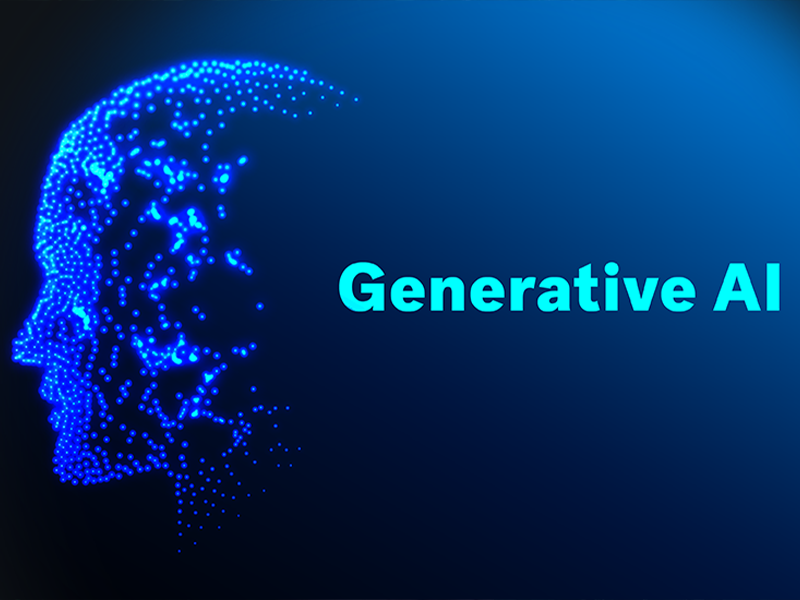Cybersecurity in the Digital Age: Protecting Your Business in 2025
10 January 2025

In the ever-evolving landscape of business and technology, generative AI has emerged as a transformative force, revolutionizing industries by automating tasks, optimizing operations, and fostering innovation. From content creation to predictive analytics, generative AI is enabling businesses to streamline processes, enhance customer experiences, and gain a competitive edge.
Generative AI refers to artificial intelligence models that generate new content, ideas, or predictions based on existing data. Unlike traditional AI, which relies on pre-programmed responses, generative AI learns patterns from vast datasets and creates human-like text, images, music, and even code. Models like OpenAI’s GPT-4, Google’s Gemini, and DALL·E are leading this technological revolution by enabling businesses to automate creativity, problem-solving, and data analysis.
Businesses are leveraging generative AI for copywriting, social media content, blog posts, video scripts, and ad campaigns. AI-generated content reduces turnaround time, ensures consistency in brand messaging, and enables marketers to personalize content at scale. For instance, AI-powered chatbots and virtual assistants help businesses interact with customers in real time, answering queries and providing product recommendations.
AI-driven chatbots and virtual assistants are transforming customer service by providing instant responses, reducing wait times, and handling multiple customer inquiries simultaneously. Companies like Amazon and Google use generative AI-powered chatbots to enhance user engagement and satisfaction while reducing operational costs.
Generative AI helps businesses create new product ideas, design prototypes, and even generate code for software development. AI-driven tools can analyze market trends, customer preferences, and competitor strategies to offer insights that drive innovation. In industries such as fashion, architecture, and entertainment, AI-generated designs and concepts are becoming integral to creative workflows.
Generative AI assists in forecasting demand, optimizing inventory, and predicting potential disruptions in supply chains. By analyzing historical data and external factors like market conditions and weather patterns, AI-driven solutions help businesses make data-driven decisions that reduce costs and enhance efficiency.
E-commerce platforms, streaming services, and online retailers use generative AI to personalize recommendations based on user behavior and preferences. Companies like Netflix and Spotify leverage AI to suggest content tailored to individual users, improving engagement and customer retention.
While generative AI offers immense benefits, it also raises concerns related to bias, misinformation, and data privacy. Businesses must ensure ethical AI use by implementing transparency measures, monitoring outputs for accuracy, and addressing biases in AI-generated content. Additionally, AI should complement human expertise rather than replace it, ensuring that critical decision-making remains under human oversight.
As AI continues to evolve, its role in business operations will only expand. Future advancements may include AI-driven autonomous decision-making, enhanced creativity tools, and more sophisticated AI-human collaboration. Businesses that embrace generative AI today will be better positioned to drive innovation, improve efficiency, and stay ahead in an increasingly competitive marketplace.
Generative AI is not just a trend—it is reshaping the way businesses operate. By strategically integrating AI into various aspects of their workflows, organizations can unlock new levels of productivity, creativity, and growth, ensuring long-term success in the digital era.